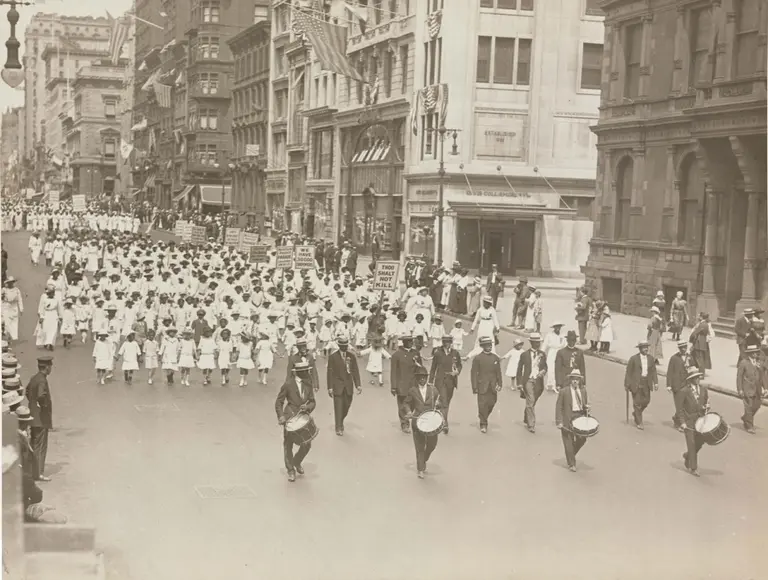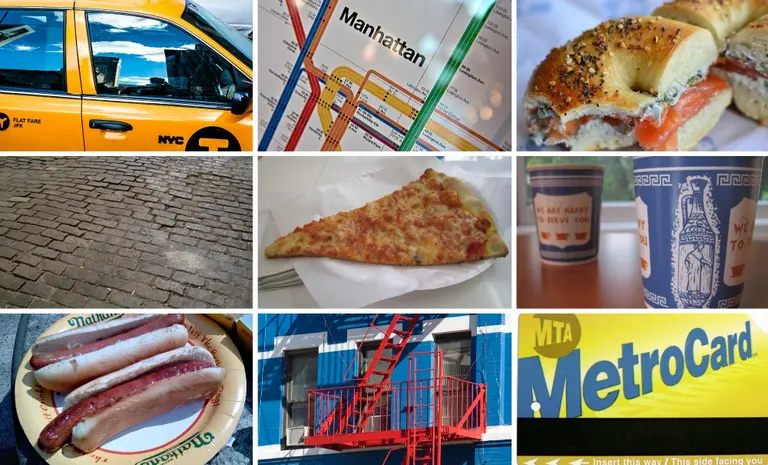October 16, 2014
As urbanists we tend to define the city by locations and the historic events that unfolded at them. But what about getting even more specific and looking at New York's past through tangible objects? That's exactly what New York Times urban affairs correspondent Sam Roberts has assembled in a new book, A History of New York in 101 Objects. And a corresponding exhibit at the New York Historical Society puts Roberts' choices, along with objects from the Society's collection, on view.
We were so intrigued by this idea that we decided to put together a 6sqft version of the list. From preservationists to architects to real estate brokers, we've asked ten people to give us the ten objects that they feel best define New York City's history. There are definitely some favorites that emerged like cobblestones, Metrocards, and pizza, as well as an eclectic mix of items that speak to our participants' personal connections to New York.
See the lists here

















